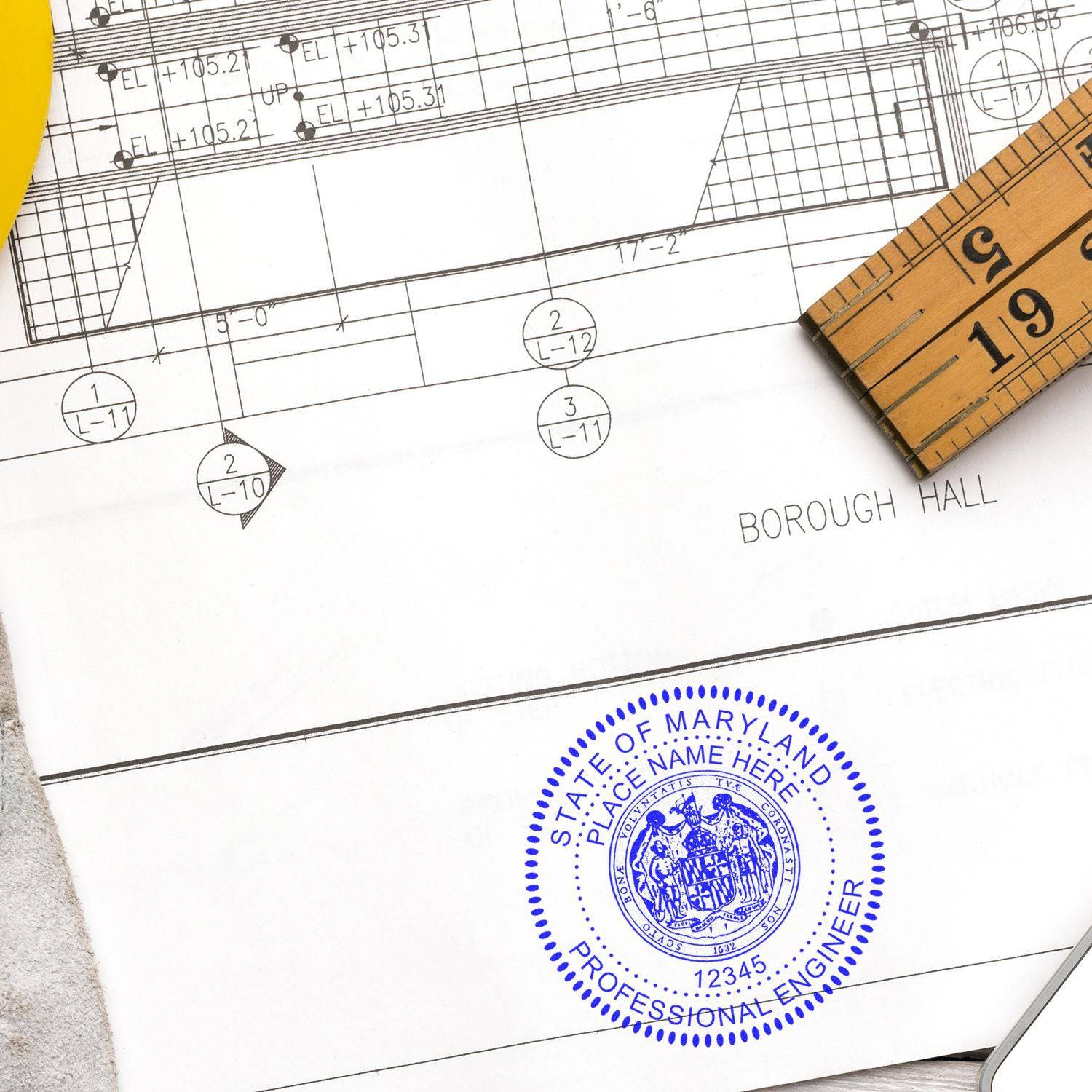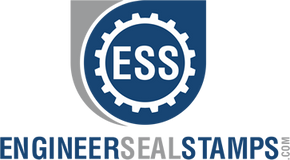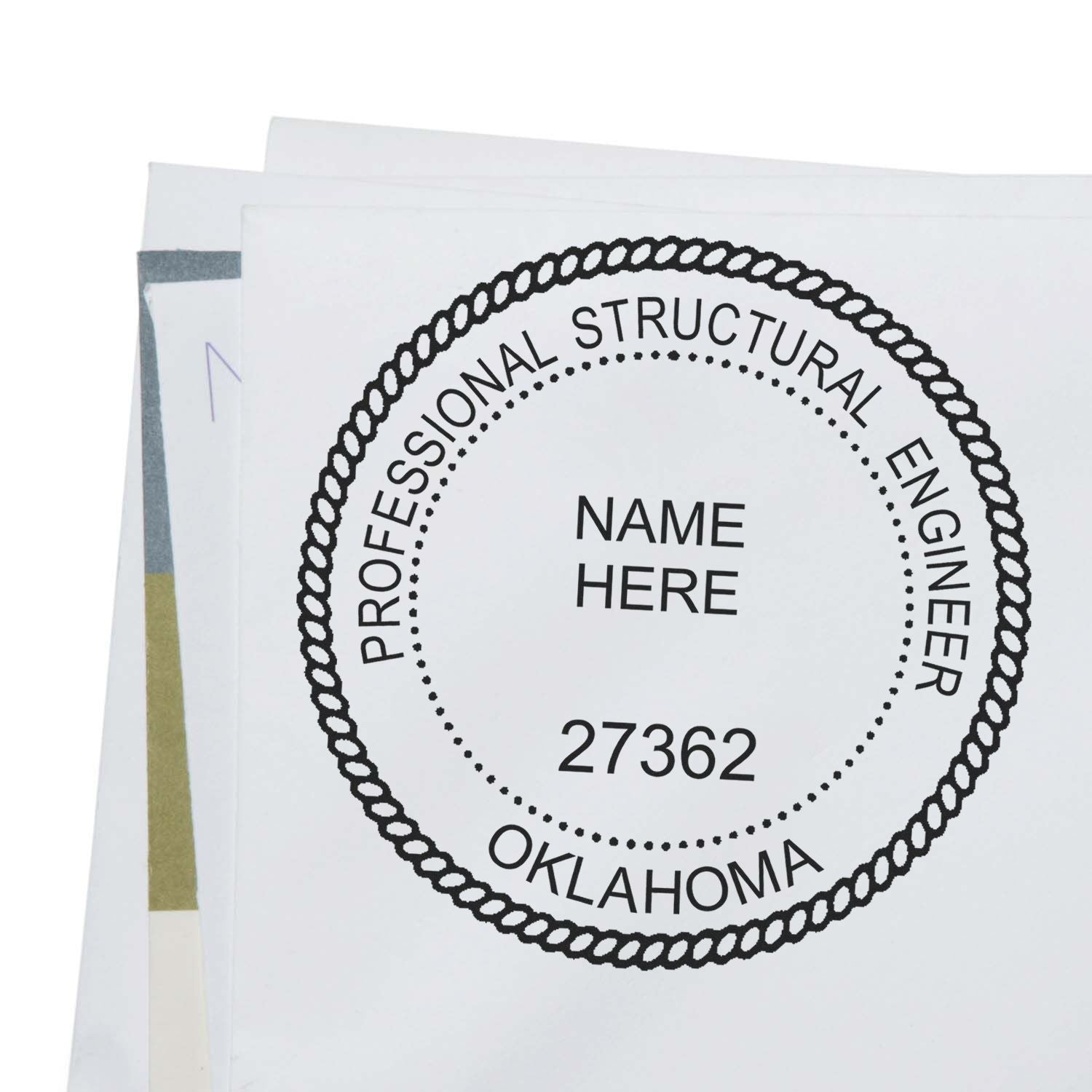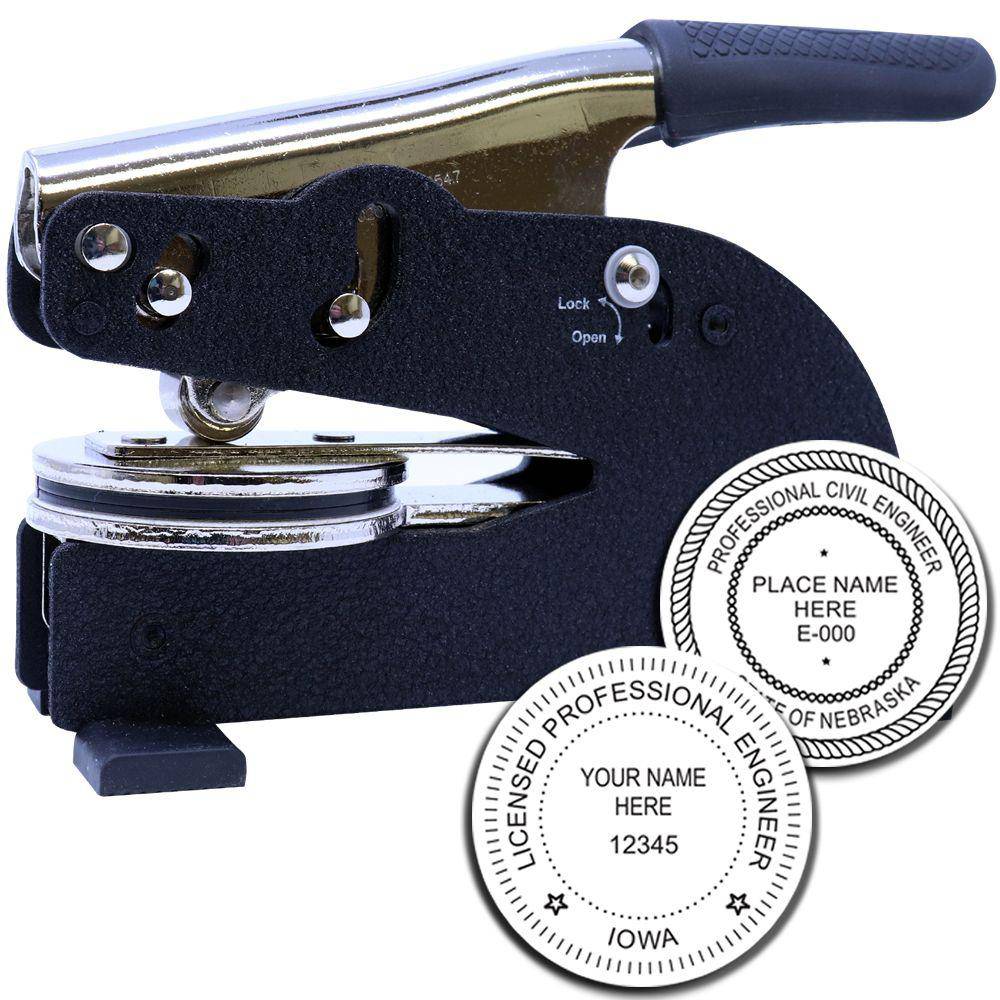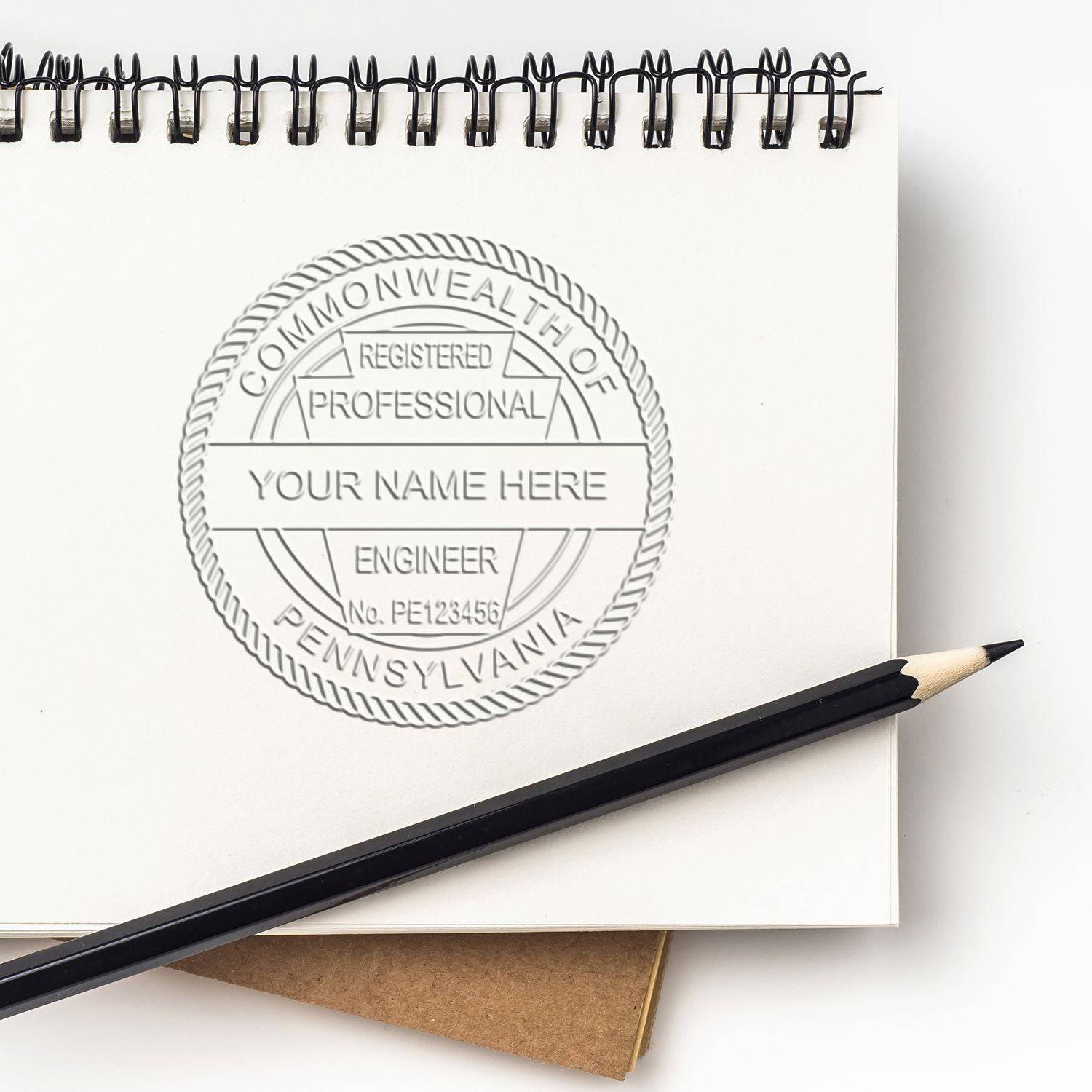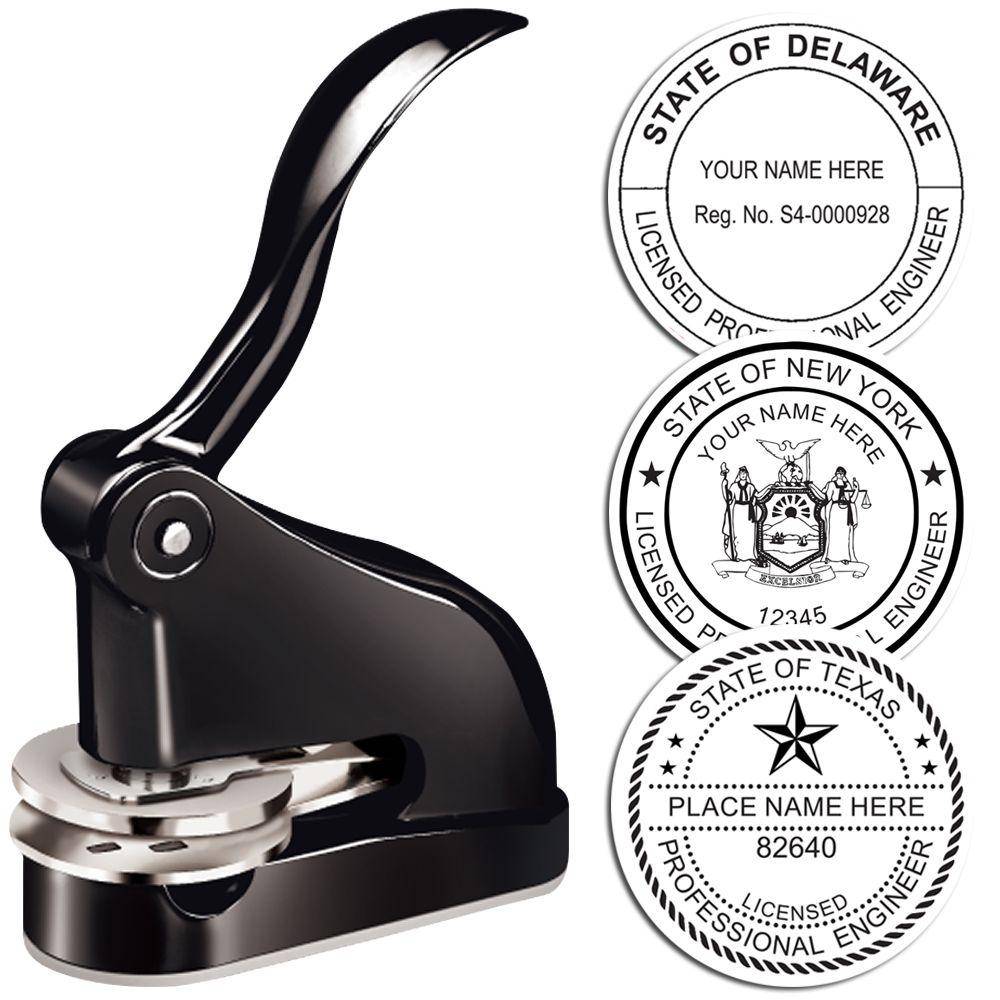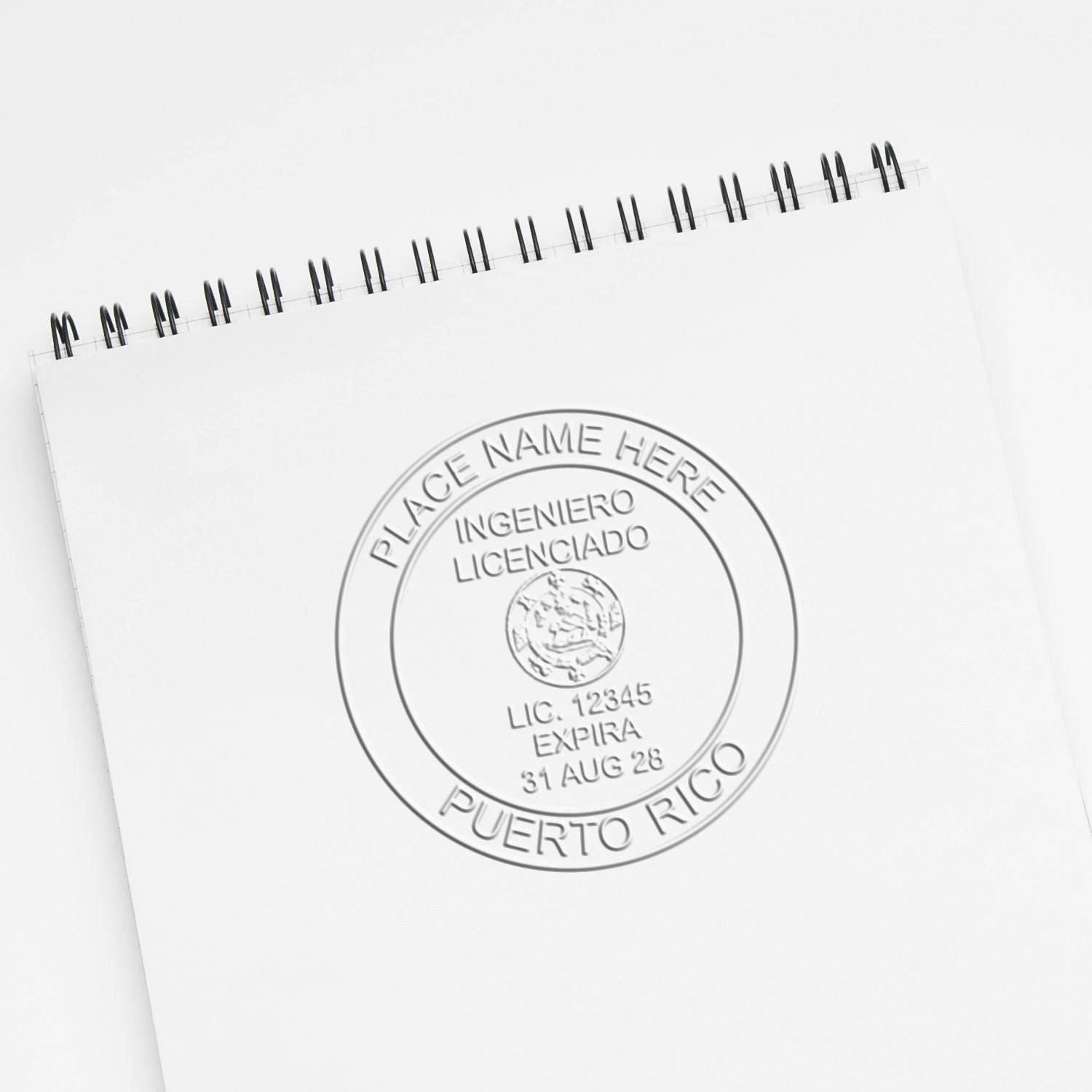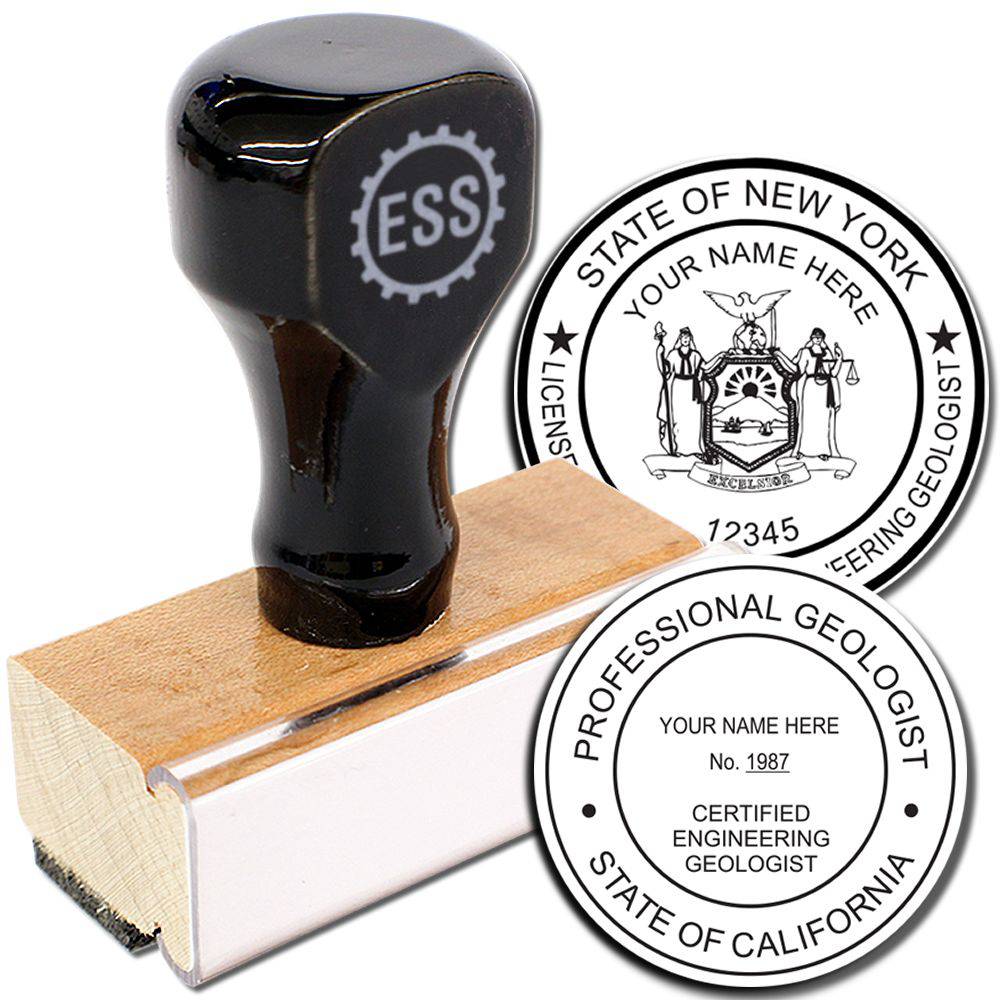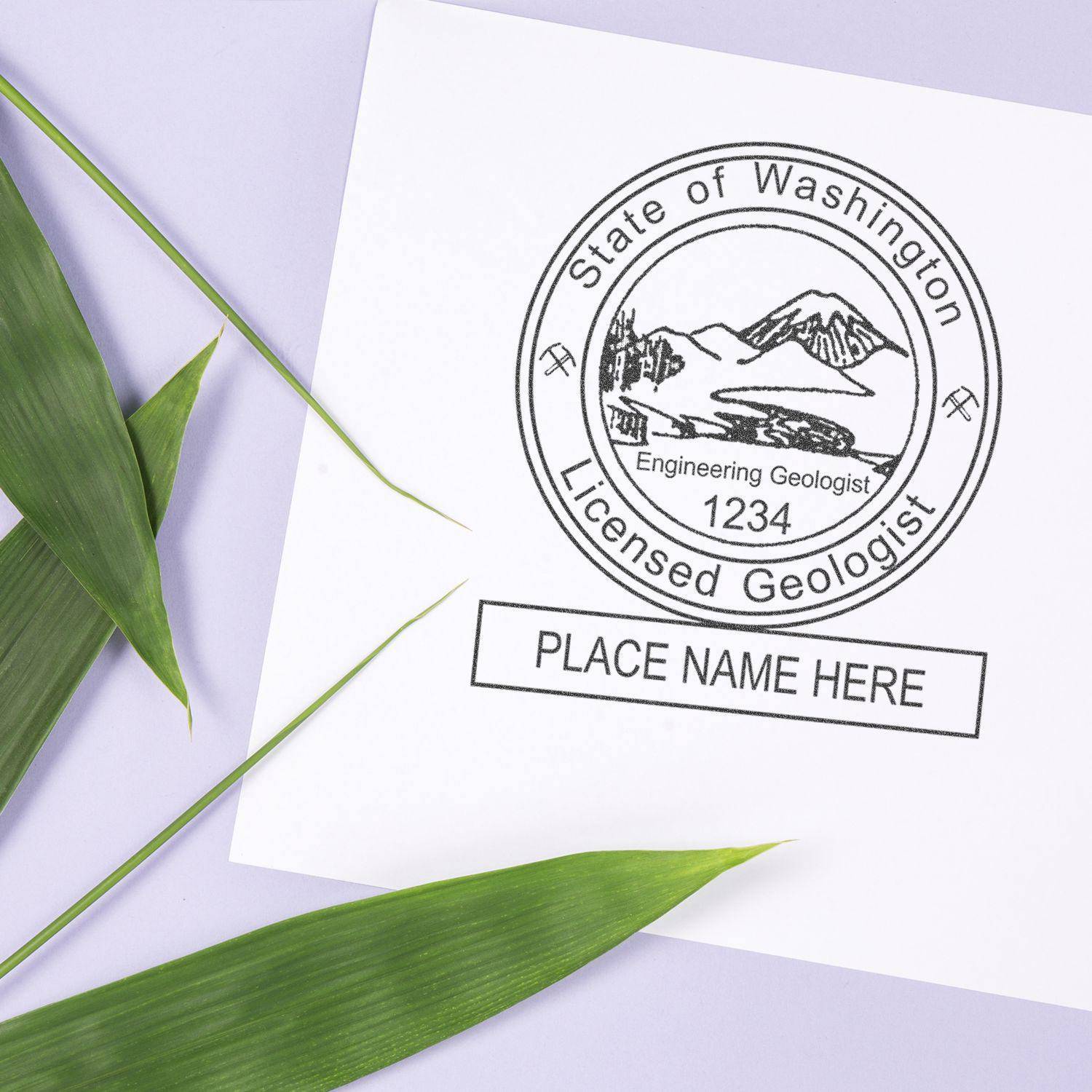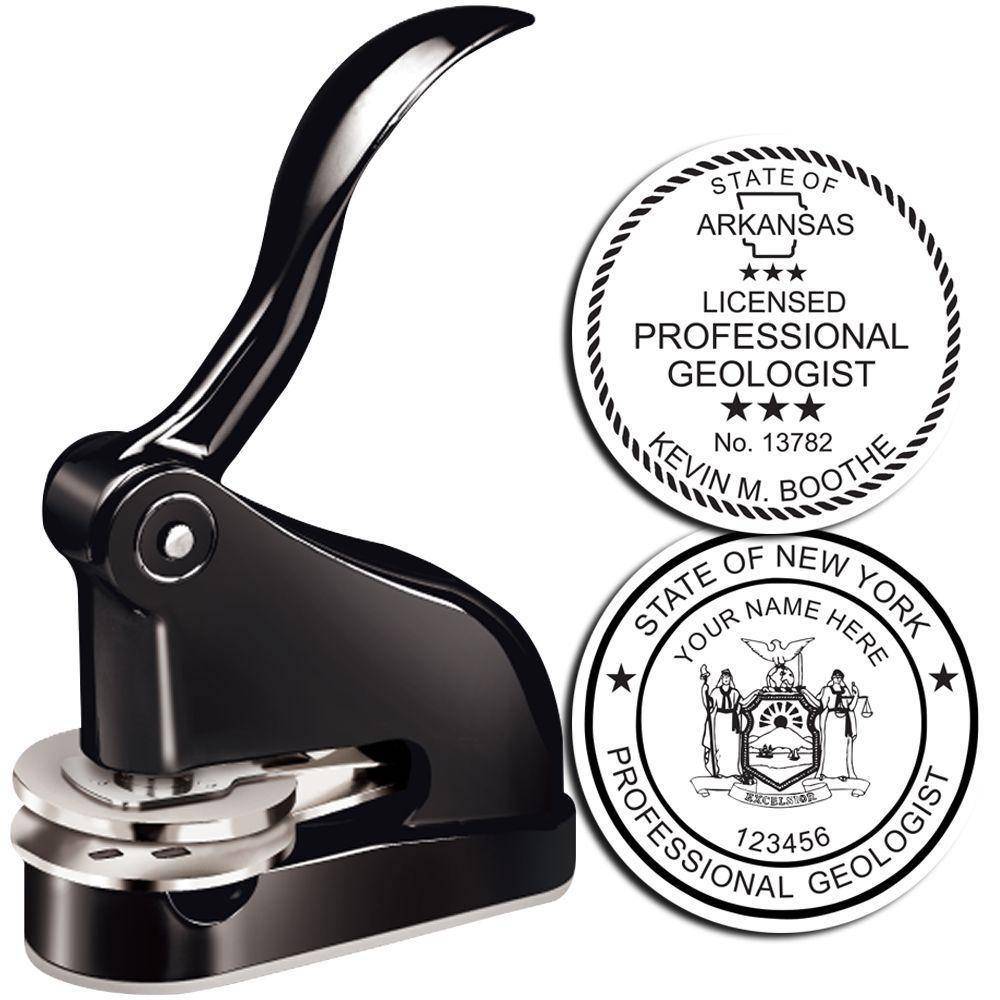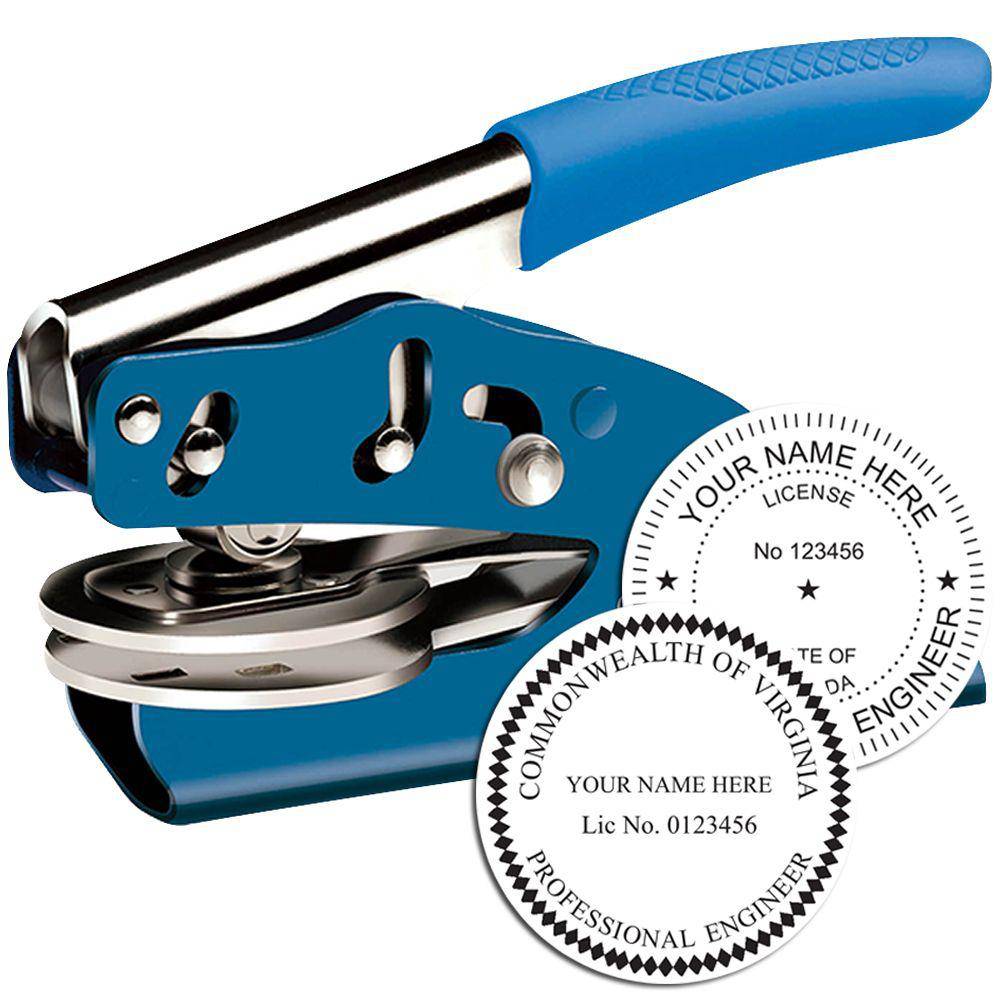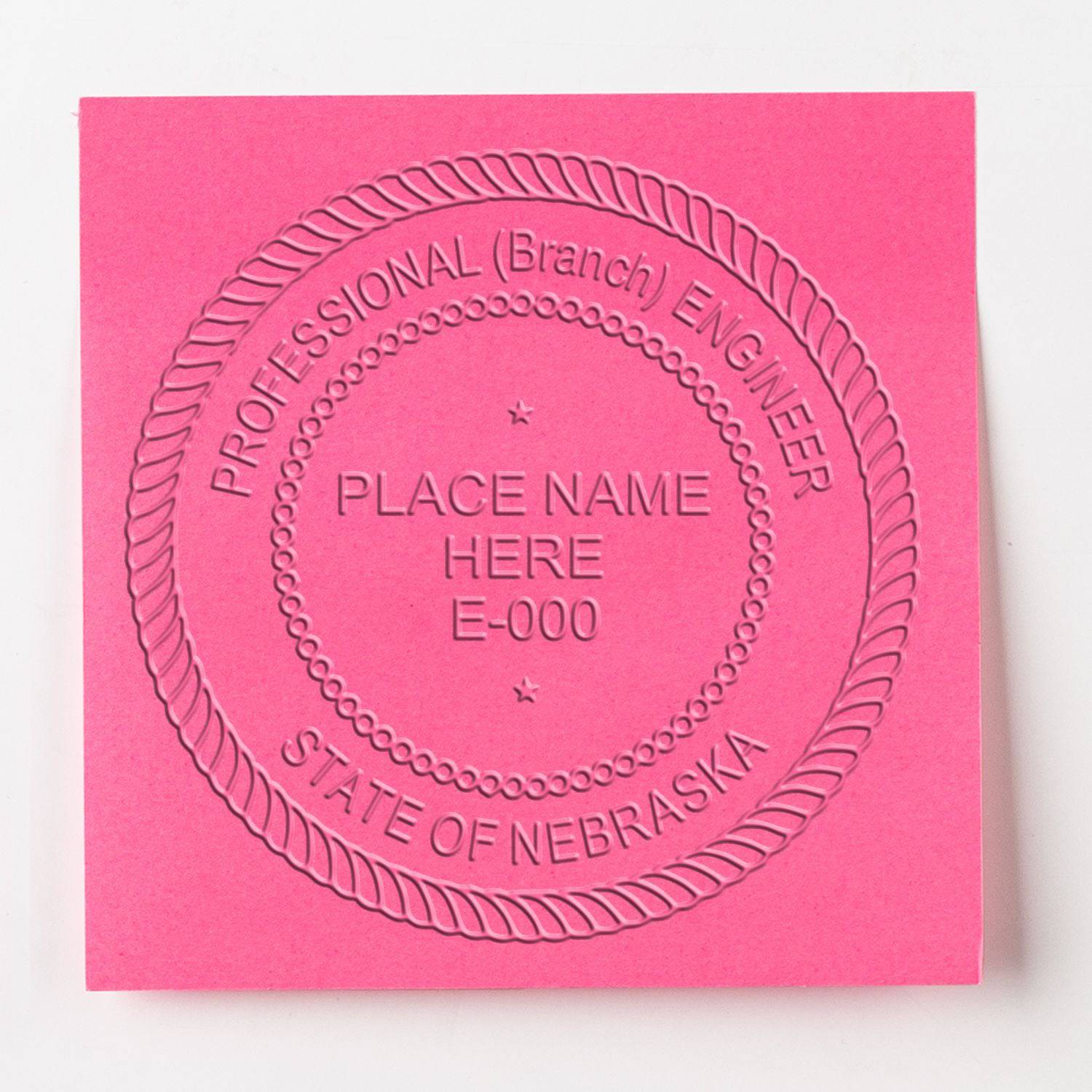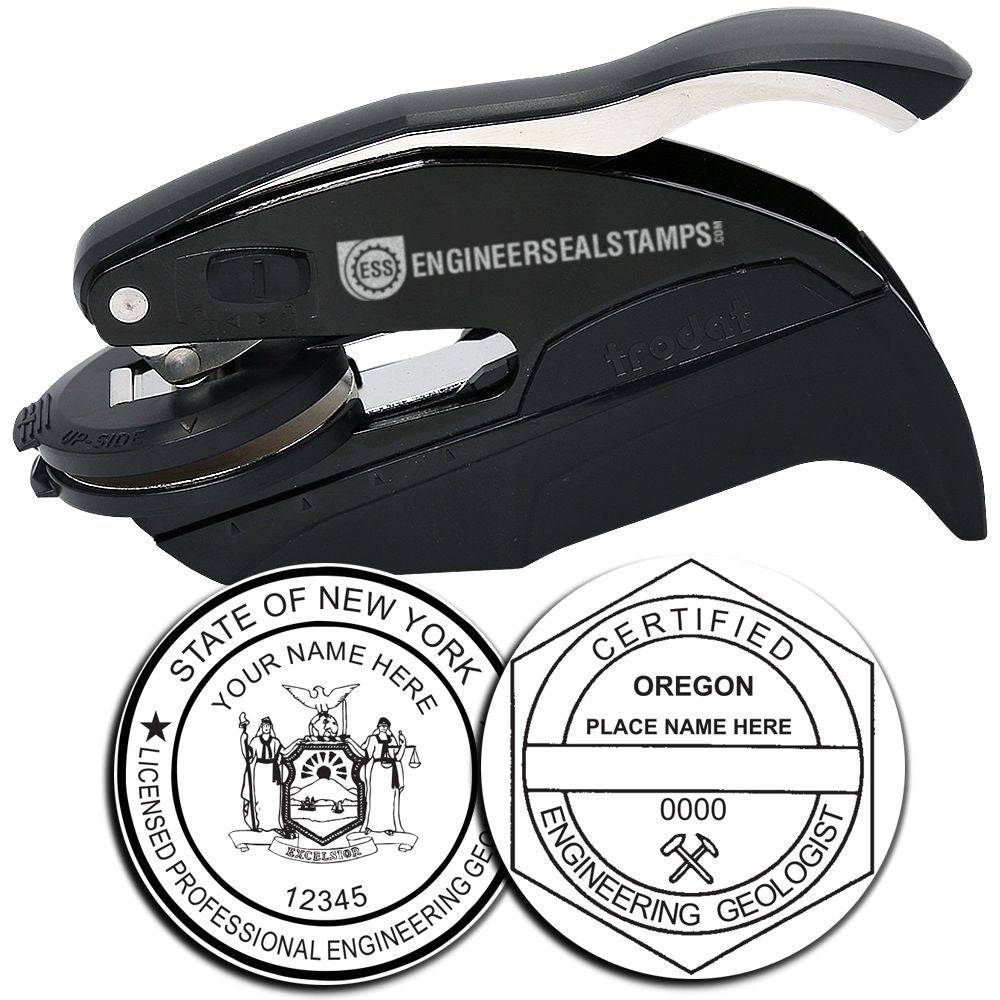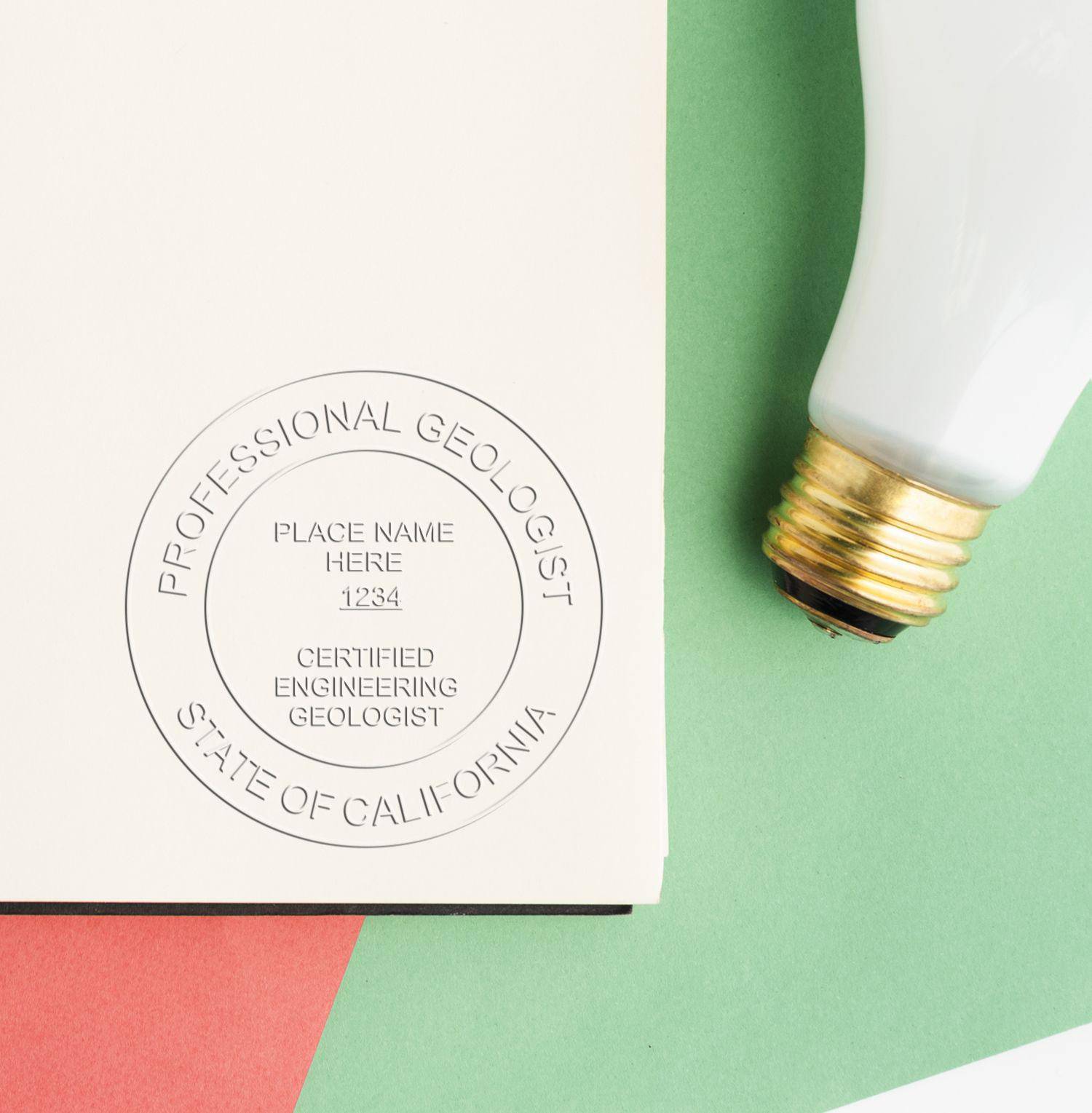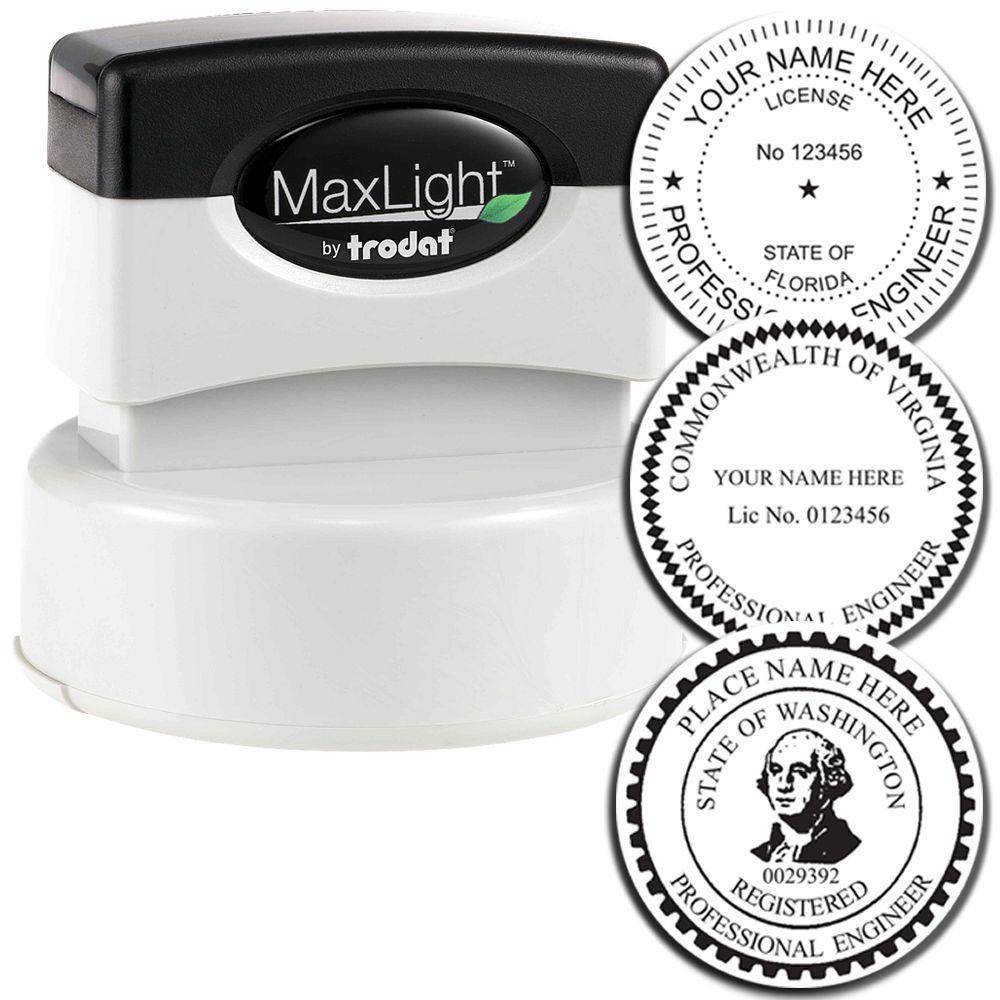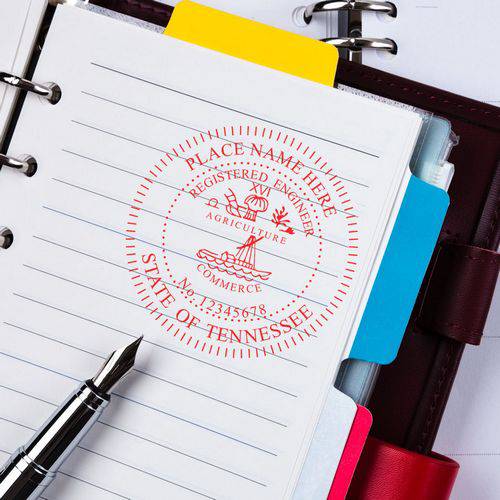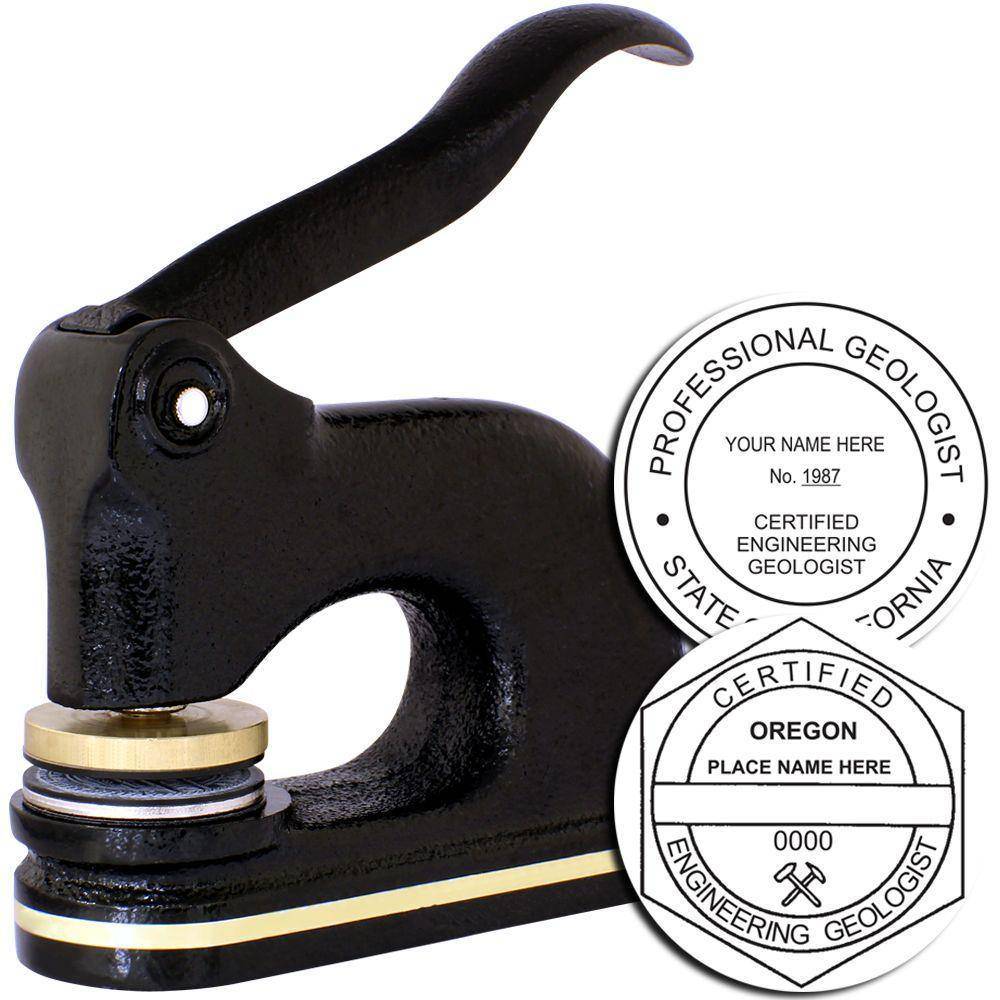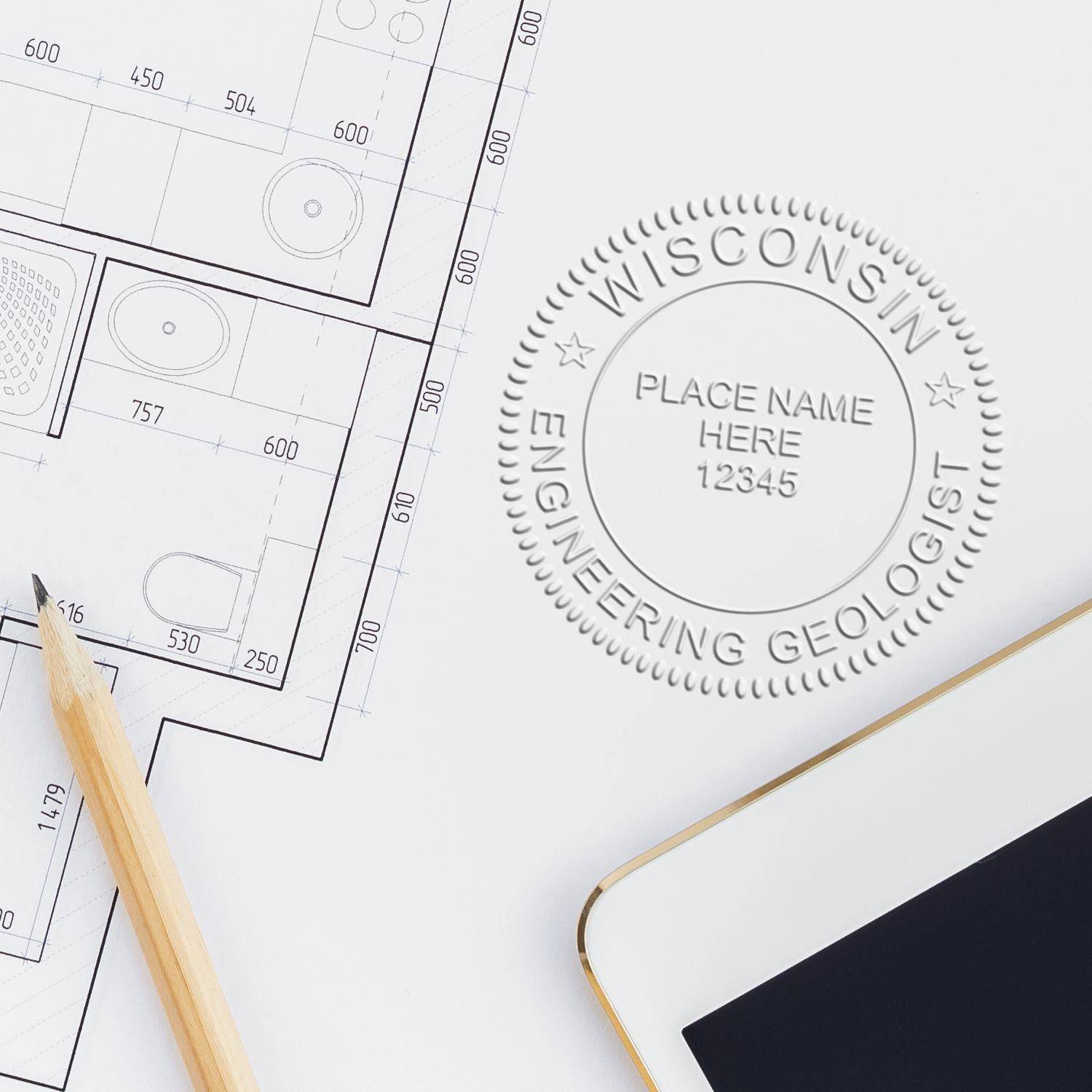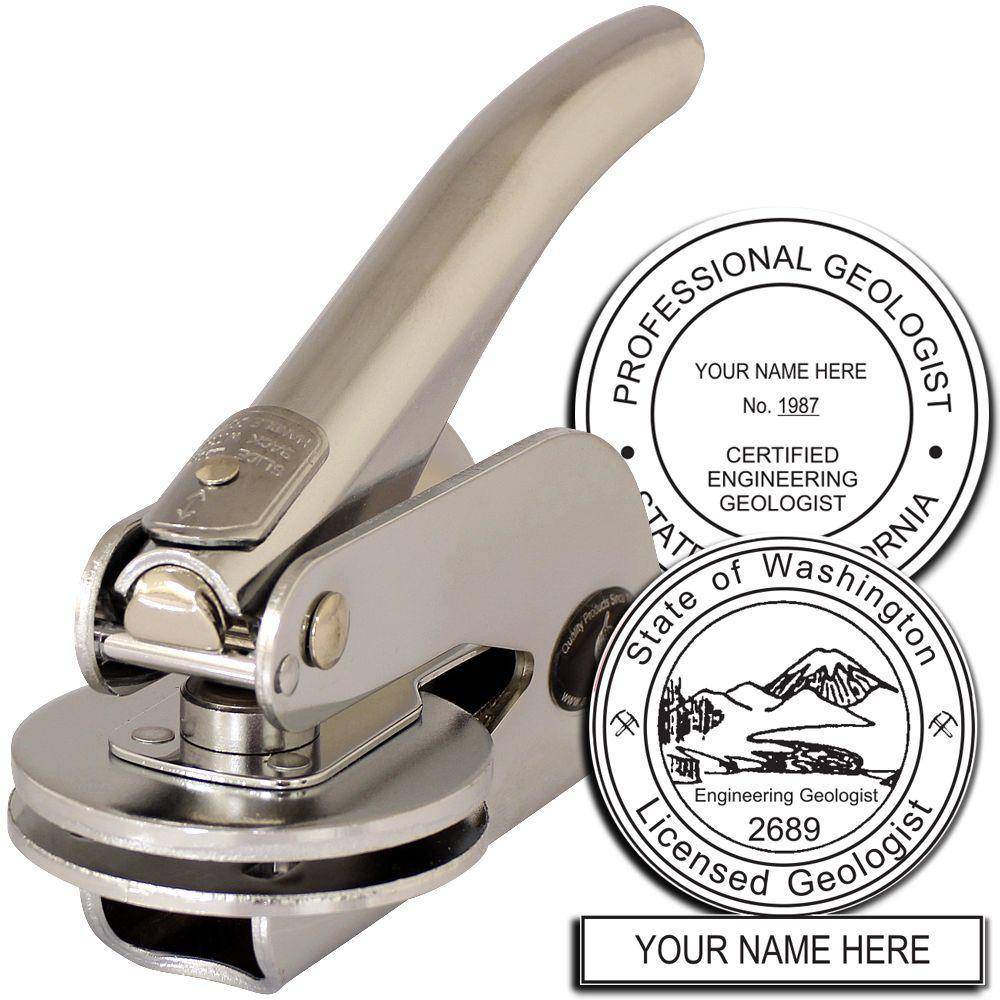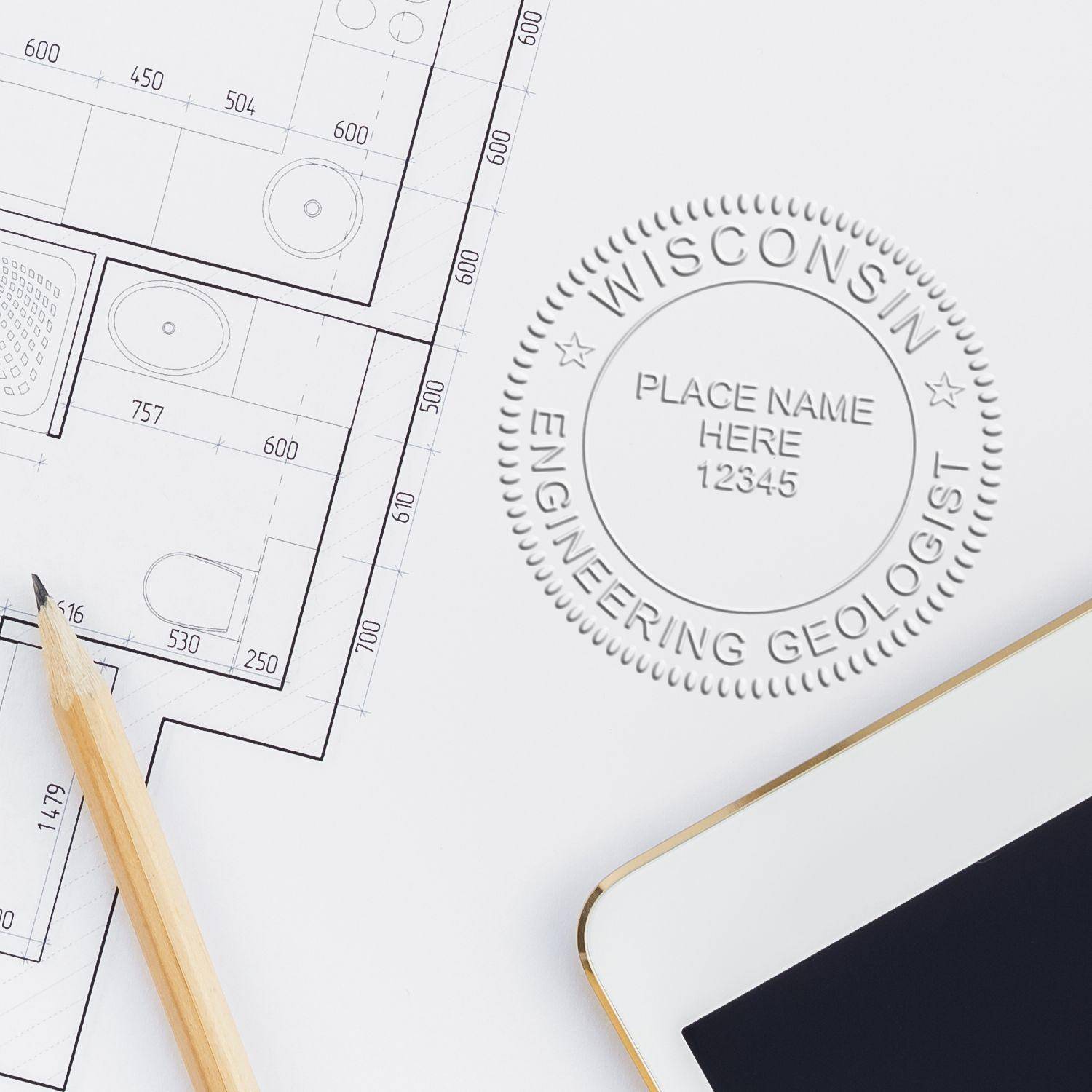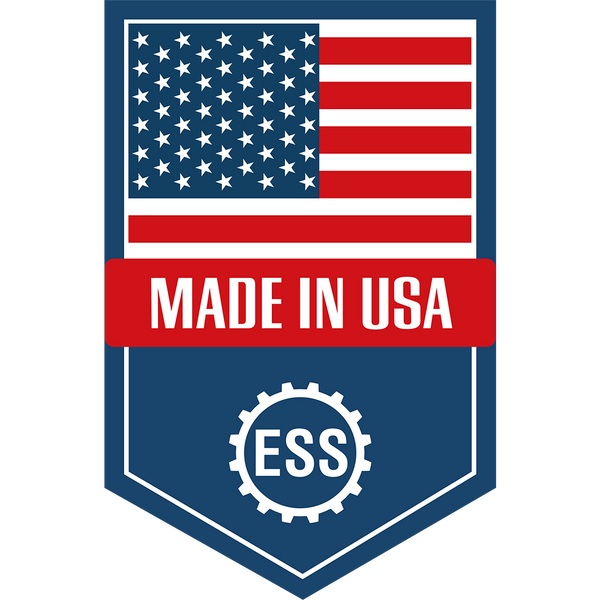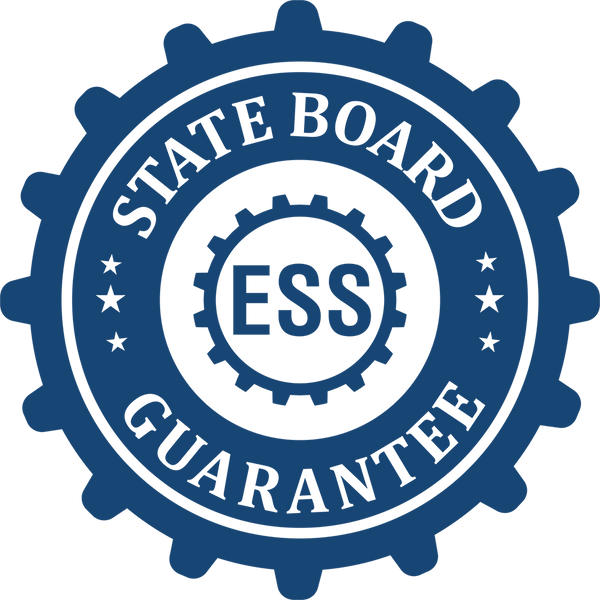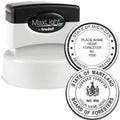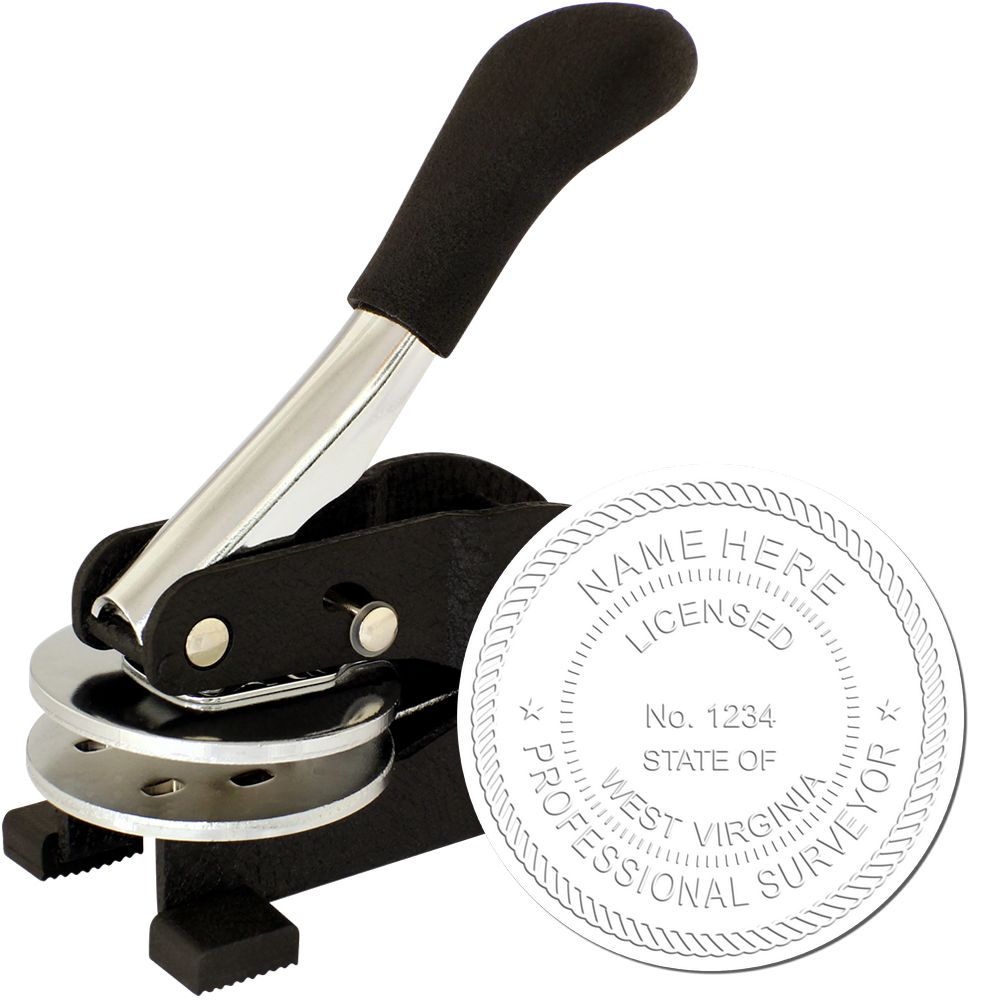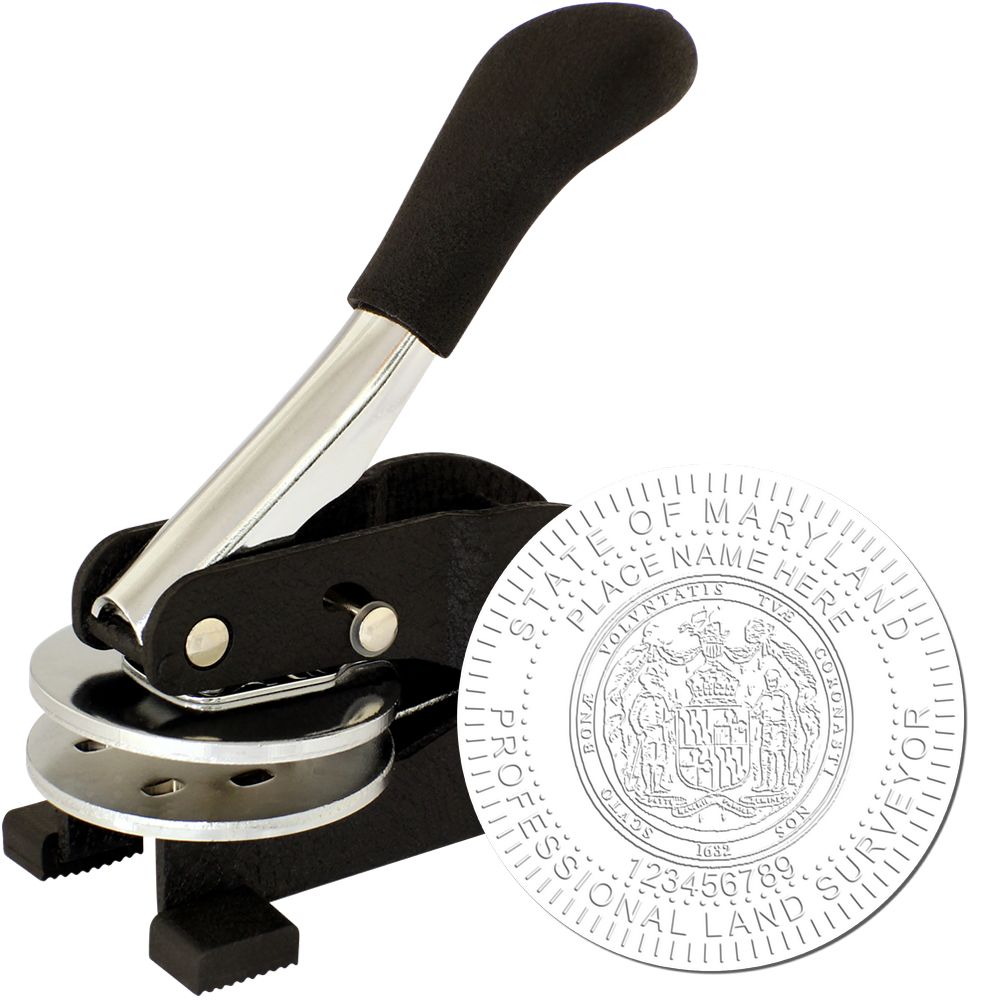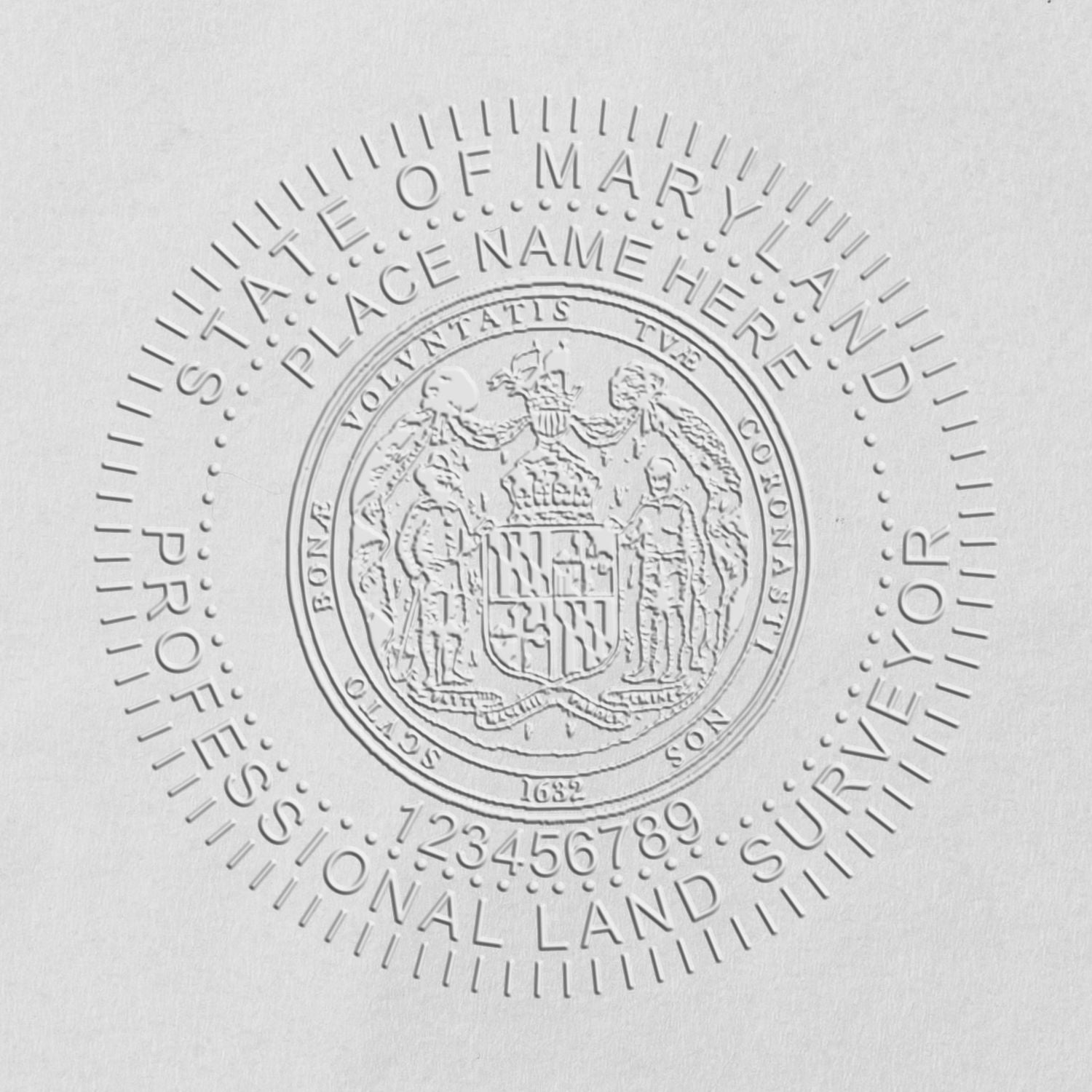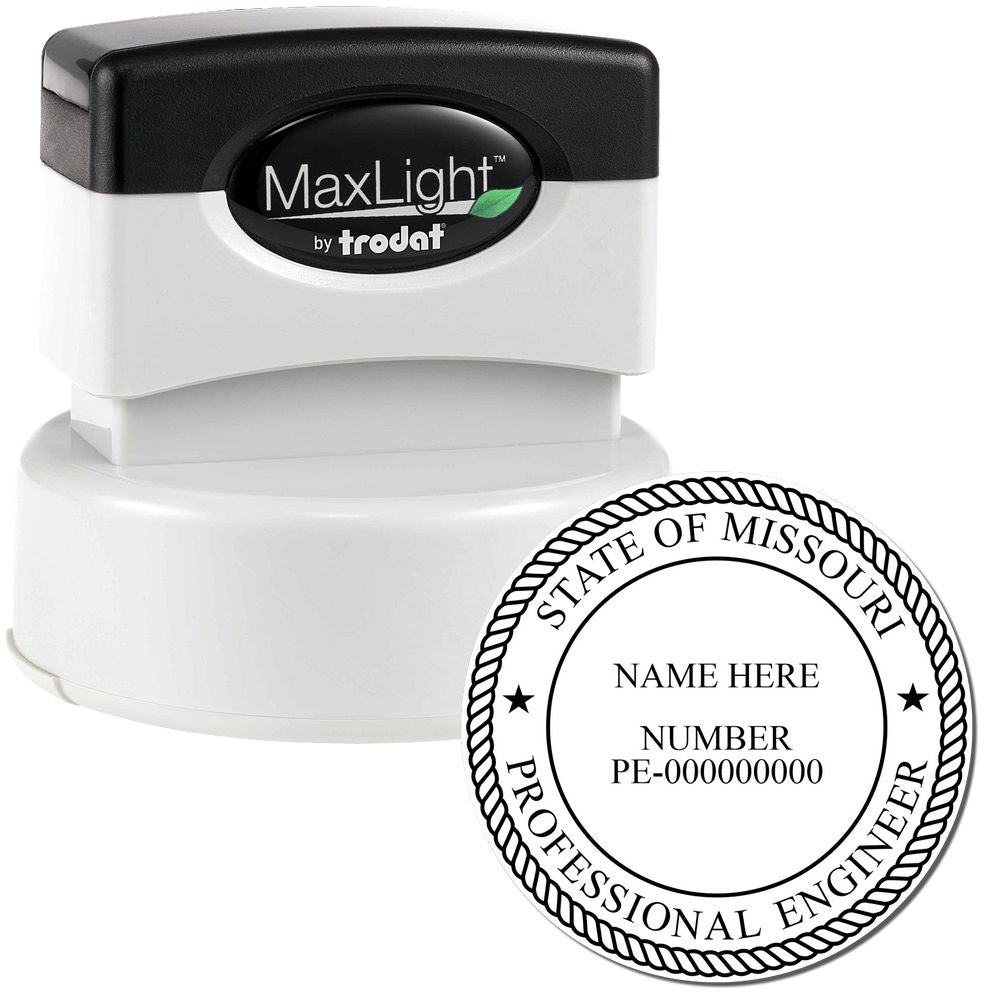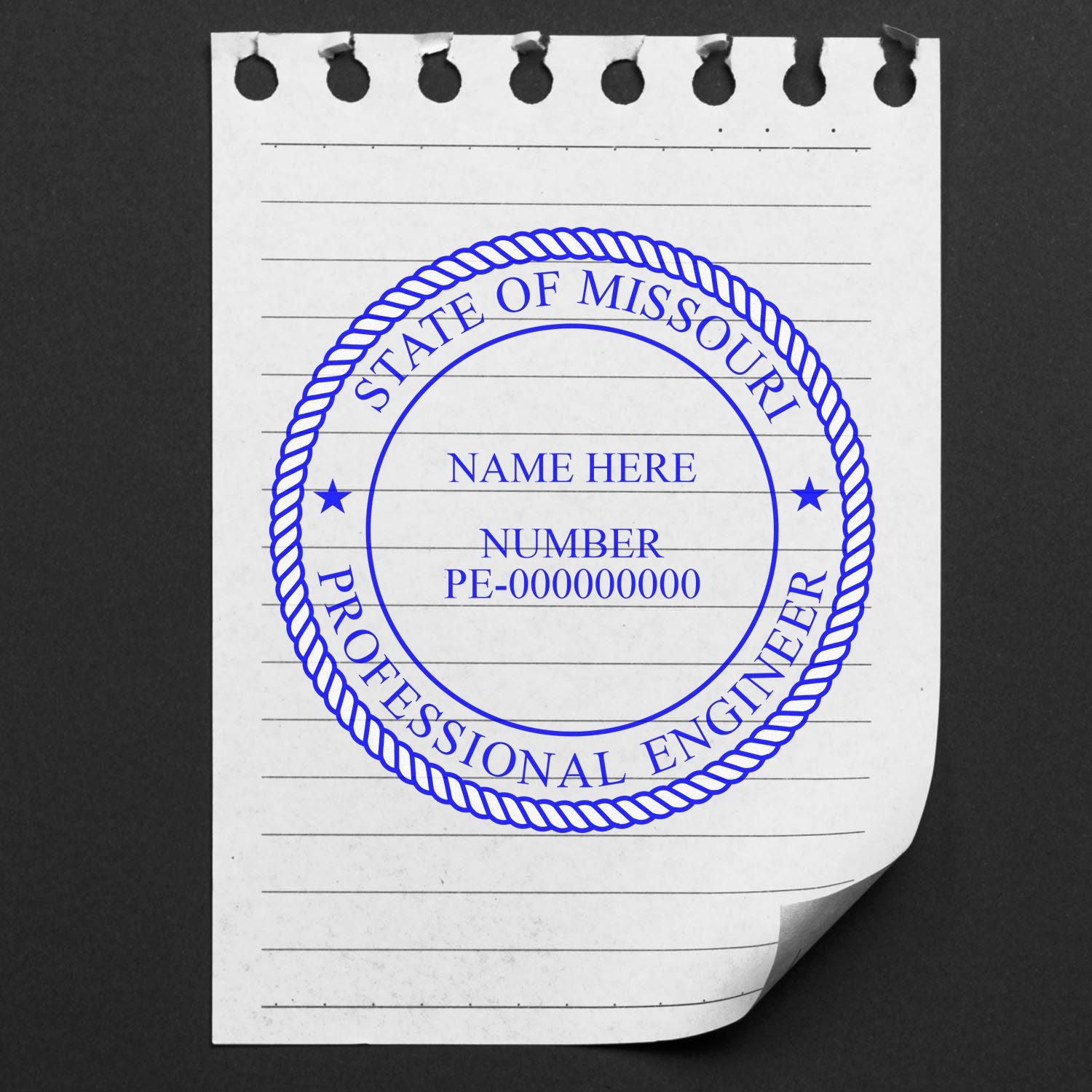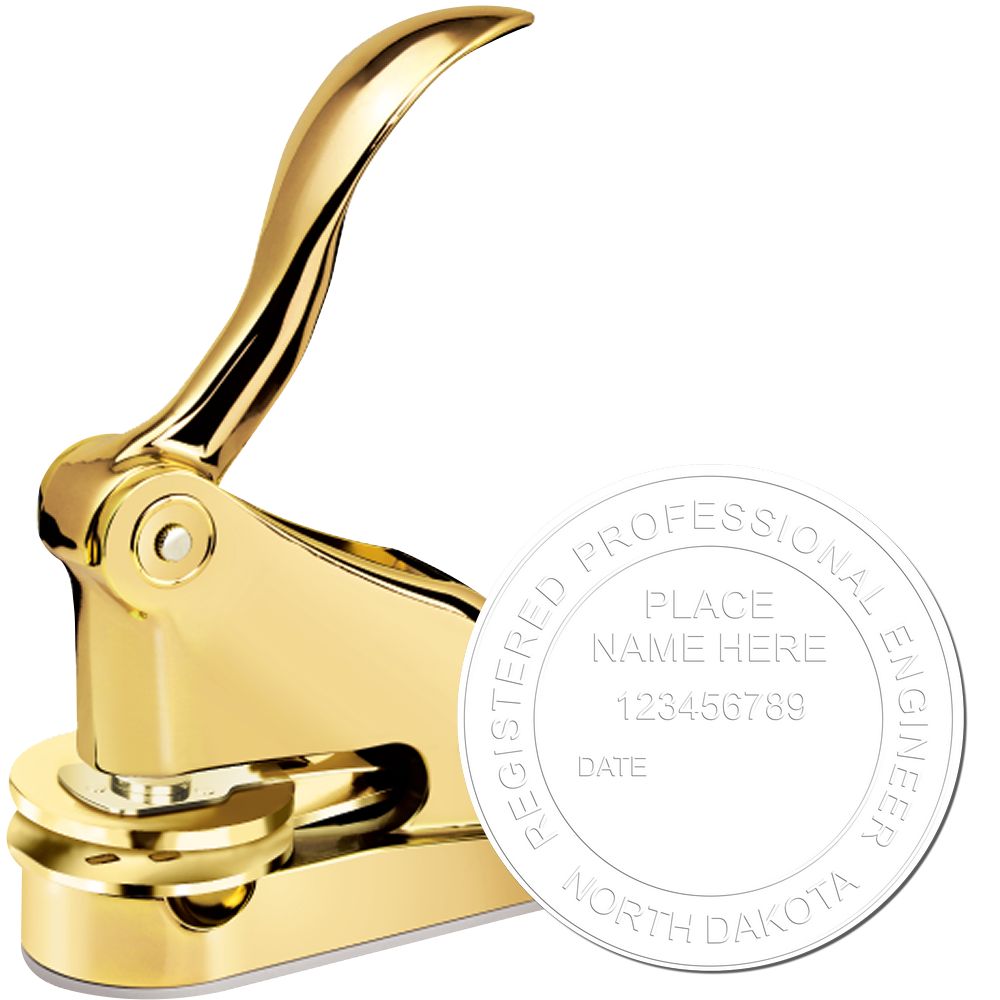The Importance of Professional Validation
In the world of engineering, professional validation is of utmost importance. It provides credibility, authenticity, and assurance to clients, colleagues, and regulatory bodies. One essential tool for professional validation is the professional seal or stamp. Let's explore why these seals and stamps matter and the crucial role they play in professional validation.
Why Professional Seals and Stamps Matter
Professional seals and stamps are not just decorative symbols; they hold significant importance in the engineering field. These stamps serve as a mark of approval and validation from a licensed professional. They indicate that the engineering work, such as plans, drawings, or documents, has been reviewed and meets the required standards and regulations.
By affixing a professional seal or stamp, an engineer takes responsibility for the work and ensures its compliance with applicable codes and regulations. It instills trust in clients, demonstrating that the engineer has the necessary qualifications, experience, and expertise to uphold professional standards. Clients, contractors, and regulatory authorities rely on the presence of a seal or stamp as a sign of professionalism and accountability.
The Role of Engineering Stamps in Professional Validation
Engineering stamps are a specific type of professional seal that is used by licensed engineers. These stamps contain essential information such as the engineer's name, license number, and the jurisdiction in which they are licensed. The stamp also includes the phrase "Professional Engineer" or "PE" to denote the engineer's professional status.
When an engineer applies their stamp to a document, it signifies that the engineering work has been performed in accordance with the applicable laws, regulations, and ethical standards. The stamp acts as a legal and professional identifier, ensuring that the document is legally binding and valid.
Engineering stamps play a vital role in ensuring public safety and protecting the welfare of individuals. They serve as a guarantee that the engineering work has undergone rigorous review and meets the necessary requirements. By using an engineering stamp, engineers demonstrate their commitment to upholding professional integrity and ensuring the quality and safety of their work.
To learn more about other types of professional stamps, such as architect stamps, surveyor stamps, or civil engineer stamps, visit our related articles on architect stamps, surveyor stamps, or civil engineer stamps.
Professional seals and stamps are not only a requirement by law but also an essential aspect of professional validation in the engineering field. They provide confidence to clients, colleagues, and regulatory bodies, ensuring that engineering work is performed by qualified professionals and meets the necessary standards and regulations.
Understanding Engineering Stamps
To fully grasp the significance of engineering stamps, it is important to understand what they are and the different types available in the industry.
What is an Engineering Stamp?
An engineering stamp, also known as an engineering seal or professional stamp, is a tool used by licensed engineers to authenticate and validate engineering documents. It serves as a professional's signature, indicating that the work has been reviewed, approved, and meets the required standards and regulations.
Engineering stamps typically consist of a design or logo along with the engineer's name, license number, and other identifying information. These stamps are applied to engineering drawings, reports, plans, and other official documents to signify the engineer's involvement and endorsement.
Types of Engineering Stamps
There are various types of engineering stamps available, tailored to specific disciplines within the engineering field. Some common types include:
| Type | Description |
|---|---|
| Architect Stamps | Used by licensed architects to validate architectural documents. These stamps are designed specifically for architectural plans and drawings. For more information, check out our article on architect stamps. |
| Engineering Seals | Engineering seals are used by licensed professional engineers to authenticate engineering documents. They come in different designs and sizes, depending on the jurisdiction and requirements. Learn more about engineering seals in our dedicated article on engineering seals. |
| Professional Stamps | Professional stamps are used by professionals from various fields, including engineering, architecture, surveying, and more. These stamps are customized to include the professional's name, license number, and other required information. Check out our article on professional stamps for additional details. |
| Surveyor Seals | Surveyor seals are specific to licensed land surveyors. These stamps are used to authenticate land surveying documents, such as boundary surveys, topographic surveys, and subdivision plats. Learn more about surveyor seals in our article on surveyor seals. |
| Civil Engineer Seals | Civil engineer seals are designed for licensed civil engineers. They are used to validate civil engineering documents, including structural plans, site development plans, and infrastructure designs. Explore our article on civil engineer seals for further information. |
Understanding the different types of engineering stamps enables professionals to choose the appropriate stamp for their specific area of expertise. Customization options are available to ensure the stamp meets the requirements set by state regulations and professional boards. To learn more about designing a professional stamp, refer to our article on professional stamp design.
Legal Requirements and Regulations
When it comes to professional validation, legal requirements and regulations play a crucial role in determining the significance of engineering stamps. Understanding the specific regulations set by state and professional boards is essential for engineers and other professionals who rely on stamped documents.
State and Professional Board Regulations
Each state has its own set of regulations regarding the use of engineering stamps. These regulations are typically established by state licensing boards or professional organizations. They outline the specific requirements for professionals to obtain and use engineering stamps.
State regulations may include guidelines on the design, size, and content of the stamp. They may also specify the types of documents that require a stamp, such as engineering plans, drawings, or reports. It is important for professionals to familiarize themselves with these regulations to ensure compliance and maintain professional integrity.
Professional organizations, such as engineering associations or societies, may also have their own regulations or recommendations regarding the use of stamps. These organizations often work in collaboration with state licensing boards to establish industry standards and best practices.
Significance of Stamped Documents
Stamped documents hold significant weight in the engineering and professional world. When an engineer or other professional applies their stamp to a document, it signifies that they have reviewed and take responsibility for the content and accuracy of that document. Stamped documents are considered legally binding and carry a level of authority and credibility.
The stamp serves as a mark of authenticity, validating that the document has been prepared by a qualified professional who is licensed to practice in their respective field. This is particularly important in industries where public safety and welfare are at stake, such as civil engineering and structural design.
By adhering to state and professional board regulations and utilizing engineering stamps appropriately, professionals demonstrate their commitment to upholding industry standards and ensuring the quality and integrity of their work.
Understanding the legal requirements and regulations surrounding engineering stamps is crucial for professionals in the field. It ensures compliance with state licensing boards, professional organizations, and industry standards. By utilizing engineering stamps in accordance with these regulations, professionals can enhance their credibility, maintain their reputation, and provide assurance to clients and stakeholders. For more information on different types of stamps and seals, you can explore our articles on architect stamps, engineering seals, and professional stamps.
Choosing the Right Engineering Stamp
When it comes to purchasing an engineering stamp, it's important to consider several factors to ensure that you select the right one for your professional needs. Choosing the appropriate engineering stamp is crucial for maintaining the integrity and credibility of your work. Let's explore the key factors to consider when selecting an engineering stamp and the customization options available.
Factors to Consider
-
Stamp Type: There are various types of engineering stamps available, including pre-inked stamps, self-inking stamps, and traditional rubber stamps. Consider the frequency of stamp usage and your personal preference when deciding which type best suits your requirements.
-
Size: The size of the stamp impression matters, as it should be clearly legible when applied to documents. Ensure that the stamp size is suitable for the space available on the documents you typically work with.
-
Design and Layout: The design and layout of the engineering stamp are important considerations. The stamp should include essential information such as your name, professional title, license number, and any other required details according to state regulations. Learn more about the design of professional stamps in our article on professional stamp design.
-
Quality and Durability: Opt for a high-quality engineering stamp to ensure longevity and durability. Stamps made from sturdy materials such as metal or high-grade plastic are recommended for long-lasting use.
-
Compliance with Regulations: Familiarize yourself with the regulations set by your state or professional board regarding engineering stamps. Ensure that the stamp you choose complies with these regulations to maintain legal validity. You can find more information on state-specific regulations in our articles on engineering seals and professional seals.
Customization Options
Engineering stamps can be customized to meet your specific requirements. Consider the following customization options when selecting your engineering stamp:
-
Font and Text: Choose a font that is clear and legible for the text on your engineering stamp. Ensure that the text size is appropriate for the stamp impression size. Common information to include on the stamp includes your name, professional title, license number, and any other required details.
-
Logo or Graphic: Some professionals may choose to include a logo or graphic on their engineering stamp to enhance its visual appeal. Ensure that the logo or graphic meets the guidelines set by your state or professional board.
-
Ink Color: Select an ink color that suits your preferences or any specific requirements set by your state or professional board. Black ink is commonly used, but other colors may be available depending on the stamp type.
By considering these factors and customization options, you can choose an engineering stamp that meets your professional needs and adheres to the necessary regulations. Remember to consult the guidelines provided by your state or professional board to ensure that your stamp meets all the necessary requirements.
Proper Use and Maintenance
To ensure the effectiveness and longevity of your engineering stamp, it is essential to understand how to properly use and maintain it. This section will guide you through the proper use of an engineering stamp and provide best practices for its maintenance and storage.
How to Use an Engineering Stamp
Using an engineering stamp correctly is crucial for maintaining the integrity and validity of your stamped documents. Here are the steps to follow when using an engineering stamp:
-
Ink the stamp pad: Make sure the stamp pad is properly inked. Use a high-quality stamp ink that is suitable for professional use.
-
Position the document: Place the engineering stamp on a firm, flat surface. Position the document that needs to be stamped securely beneath the stamp.
-
Apply even pressure: Hold the stamp by the handle and align it correctly over the designated area on the document. Apply even pressure while pressing the stamp down firmly.
-
Release the stamp: Lift the stamp straight up and away from the document to ensure a clean impression. Avoid rocking or twisting the stamp, as it may smudge the impression.
-
Allow the ink to dry: Give the ink sufficient time to dry before handling the stamped document. This will prevent smudging and maintain the clarity of the impression.
Remember, the proper use of an engineering stamp is not only important for professional validation but also serves as a legal requirement in many jurisdictions. To learn more about the legal regulations surrounding stamped documents, refer to our article on engineering seals.
Best Practices for Maintenance and Storage
Maintaining and storing your engineering stamp correctly will help prolong its life and ensure consistent, high-quality impressions. Here are some best practices to follow:
-
Clean the stamp: After each use, clean the stamp with a mild detergent and water. Gently scrub the stamp surface using a soft brush or cloth to remove any ink residue. Avoid using harsh chemicals or abrasive materials that may damage the stamp.
-
Dry the stamp thoroughly: After cleaning, ensure the stamp is completely dry before storing it. Moisture can cause damage, such as rusting or warping of the stamp components.
-
Store the stamp in a protective case: Keep the engineering stamp in a protective case or pouch to shield it from dust, moisture, and accidental damage. This will help maintain the quality of the stamp over time.
-
Avoid exposure to extreme temperatures: Store the stamp in a cool, dry place away from direct sunlight and extreme temperatures. Excessive heat or cold can affect the performance and durability of the stamp.
By following these best practices, you can ensure that your engineering stamp remains in optimal condition, allowing for accurate and professional validation of your documents. For more information on stamp designs and customization options, visit our article on professional stamp design.
Remember, engineering stamps play a vital role in professional validation, and proper use and maintenance are essential for upholding the integrity of your stamped documents.
About ESS
Engineer Seal Stamps, also known as ESS, is a leading provider of high-quality custom rubber stamps, professional seals, and notary stamps. With a commitment to excellence in both product and service, we take great pride in offering a state board guarantee on all of our products. Our top-of-the-line engineer seal stamps and professional seals are perfect for architects, engineers, and anyone else in need of reliable and accurate stamping solutions.
At ESS, we understand that time is valuable. That's why we offer a quick turnaround on all of our products, ensuring that you receive your order in a timely and efficient manner. We believe that customer satisfaction is the foundation of any successful business, which is why we strive to provide stellar customer service to all of our clients. From the moment you place your order, our knowledgeable and friendly staff will work closely with you to ensure that your needs are met in every way possible.
In addition to our commitment to quality products and exceptional customer service, ESS also strives to be an environmentally conscious company. We make every effort to reduce our environmental impact by using sustainable and eco-friendly materials in our stamp production process. At ESS, we are dedicated to providing our customers with the highest quality stamping solutions. With our commitment to excellence, state board guarantee, quick turnaround, and environmentally conscious practices, you can trust that you are receiving the best products and service available.

